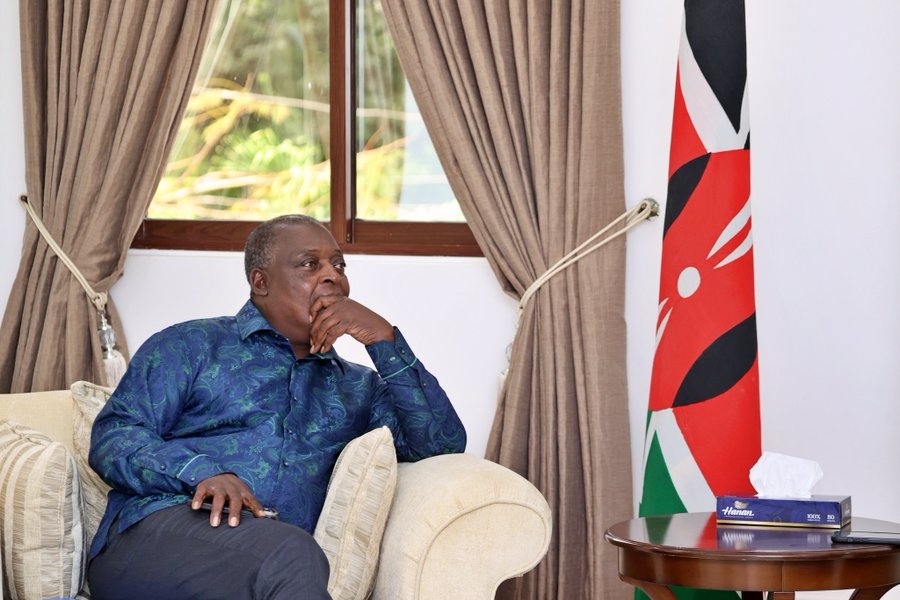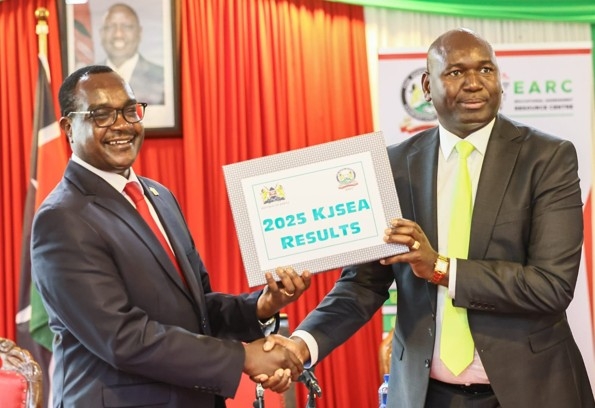As the Jubilee government rests later next year, one of the few good things Kenyans will remember it for is the increased connectivity to the electricity. Despite the now normal complaints of frequent black-outs, nearly every village in the country has electricity.
On top of President Uhuru Kenyatta’s campaign pledges in 2012 was increased connectivity to the national grid. When the Jubilee government took power in 2013, Kenya’s electricity connection was at a mere 27 per cent.
The Jubilee government announced the Last Mile Connectivity programme in 2015 to universal access to electricity by the year 2020 in line with sustainable development goal number 7, whose objective is “to ensure access to affordable, reliable, sustainable and modern energy for all”.
The programme has been implemented in phases.
Phase one was financed jointly by the government through a $150 million loan from the African Development Bank. This phase targeted approximately 314,200 households, to give over 1.5 million more Kenyans access to electricity. These are the households that were found within 600 meters of the existing transformers as at 2015.
Phase two was financed by the government through an $150 million loan from the World Bank. In the second phase, new transformers were installed and the low network voltages were extended.
The third phase was financed through another $150 million loan from the AfDB and involved more transformer installations and network extensions. The fourth phase, at a total cost of $180 million, has been financed through loans and grants.
The programme targeted low income groups, informal settlements and rural areas and other areas without access to electric power. Through this programme, the cost of connecting a household to electricity was lowered from Sh35 000 to Sh15 000. Subsidized loans have also been made available to Kenyans to help speed up the connections. This has helped most households whose daily income was below Sh100 a day.
The programme has been a huge success because by 2018, total access to electricity in Kenya stood at 75 per cent, the highest rate in East Africa. Fast forward to 2021, the President had some good figures to report in the electrification journey.
In 2013, when Uhuru took over the presidency, Kenya produced 1300 Megawatts. In 2021, the capacity has doubled to 2600 megawatts. As a result, 6.3 million households have been connected to electricity in the last eight years, in additional to the 2.1 million households that were connected in 2013.
The importance of electricity to economic development and social welfare cannot be over emphasized. Through increased access to power, industries and factories have been set up. This has created more job opportunities for people both directly and indirectly. People have been employed directly into the factories while suppliers of raw materials and sale of finished products has employed people indirectly.
All these have increased revenue for the government by widening the tax bracket. Small scale businesses have been able to thrive as a result of this. A young man can open a barbershop (Kinyozi) and a battery charging shop in the neighborhood, be it in the estates of urban areas and the informal settlements, or in the rural market centers.
Women have been empowered and can open businesses such as beauty points. Children in the rural areas have been able to utilize more of their evening hours covering their academic curricula hence better performances in school. More power connection to schools has also increased study time and enabled modernization of education though introduction of ICT.
In informal settlements where darkness provided a haven for mugging, crime has been reduced. The economy in parts of the country has been able to run round the clock because of street lighting and lights for business premises throughout the night.
More health facilities have been connected to electricity enabling them to provide services to Kenyans round the clock with minimal interruptions. Healthcare has also been modernized successfully due to availability of electricity to power the machinery.
A few areas need to be improved though. The high cost of power threatens to erode the benefits realized by the expanded connection. Most households will opt not to pay for electricity before taking care of basic needs such as food, shelter and clothing.
The high cost will also kill small businesses. This is because small business owners will have to increase the cost of their goods and services, reducing the ability of people to partake the products. The result is death of businesses and underperformance by others, which will cause job losses.
On education, the government will not achieve universal modernization of education by merely delivering power to school compounds. A lot more needs to be done in as far as infrastructure is concerned.
The cost of connection to electricity is still high for many households in the country. The cost should be waived in totality or substantially subsidized further to reflect the ability of more vulnerable households to pay up for connection.
The last mile connectivity programme has been a success in expanding access to electricity in Kenya. A powered society is a working society and this has been reflected in the growth witnessed in several sectors of the economy and the improved social welfare of the population.
Through larger electricity connection, the government has provided Kenyans with another enabler for economic empowerment and social improvement.















